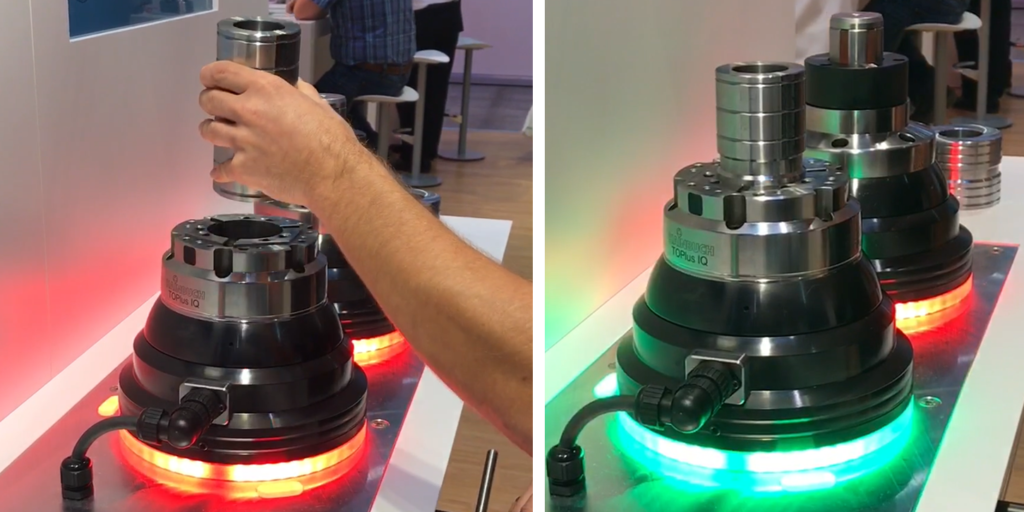Workholding in a Digital Age: Has Workholding Got to Grips With Industry 4.0?
4 Minute Read
We are all living in extremely exciting times, technology is evolving before our eyes at such a rapid rate. New innovations are being released continuously and in this digital age with a large emphasis on Industry 4.0 and the fourth industrial revolution, I would like to investigate where the current workholding technology fits in and if we are keeping up and embracing it?
The majority of all workholding solutions I see in the UK Manufacturing field today are still mechanical and are not Industry 4.0 ready, many products are still 1960’s technology. There is nothing wrong with this at all as it is often dependent upon the application.
However, what does this mean if you are trying to incorporate Industry 4.0 into your business?
It means that no analytics can be gathered from your mechanical workholding and thus a variable in your process, such as operator error as just one of many examples. If you are looking at monitoring the machine performance, the machine accuracy and preventive maintenance, how do we currently distinguish if the workholding equipment is causing vibration or accuracy issues and not the machine?
How can you tell if tool life is deteriorating due to the spindle issues or because spindle issues are being caused as a result of how the component is being held? Or even worse, what if the component has been loaded incorrectly? The component needs to be held securely and accurately every time with the same required clamping force for the process. Whether it is manually loaded or automated, workholding needs to overcome the issue of consistent clamping performance and process stability to be Industry 4.0 compliant. Unless you achieve this, how can you begin to gather true accurate data from the machine tool and even begin to compare data if you have an inconsistent element?

Is Industry 4.0 unachievable for the entire machining process, if the workholding is operator dependent? In my opinion, I do not think its 100% achievable, but very close. With the correct manual workholding for the process and the application, there are many excellent manual workholding solutions available in the market for your machine tool from vices, grippers, chucks and zero point systems, which repeat to microns. They also allow operators to set the required clamping forces. However, if we have an operator in the process, you cannot guarantee a 100% stable process. For example, what if the torque wrench has been set incorrectly or the component loaded incorrectly? With all the best intentions in the world, mistakes will happen.
Digital workholding solutions have now started to enter the arena but have they been widely embraced and incorporated yet? What is the uptake rate for Industry 4.0 workholding solutions compared to other industry 4.0 products?
I believe, and I can visualise, that in the near future all workholding will be interfaced with the machine wirelessly and powered with a battery. All workholding solutions will have the facility to communicate and work in harmony with the machine tool, stating the clamping forces achieved on each part and even picking up on any component deformities. I’m hoping that this article has given you food for thought; it will be interesting to see what the future as in store.
Press Kit
Contact









